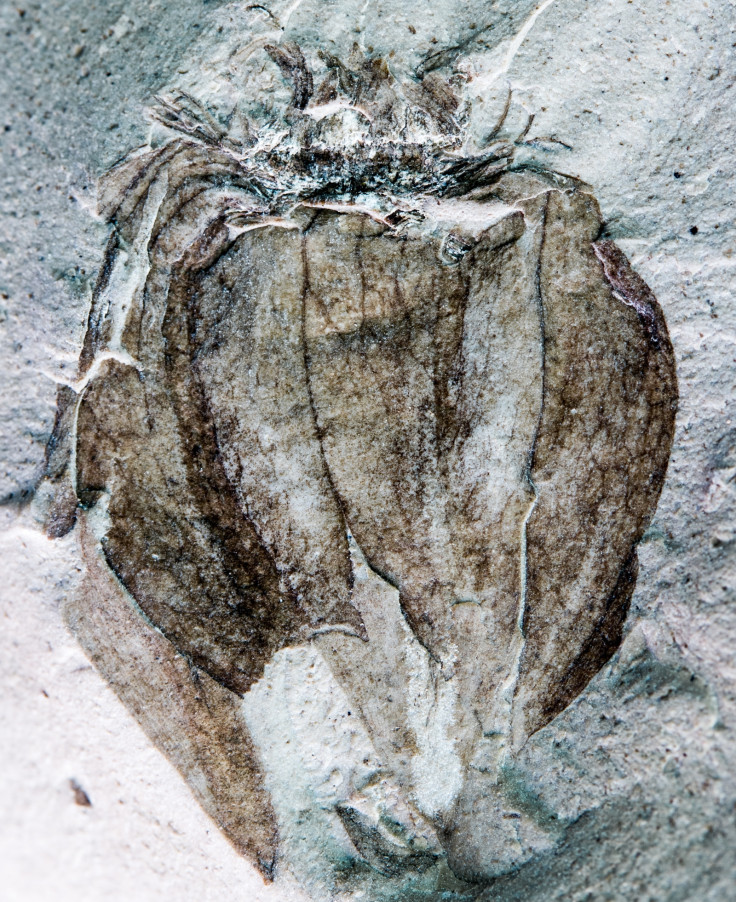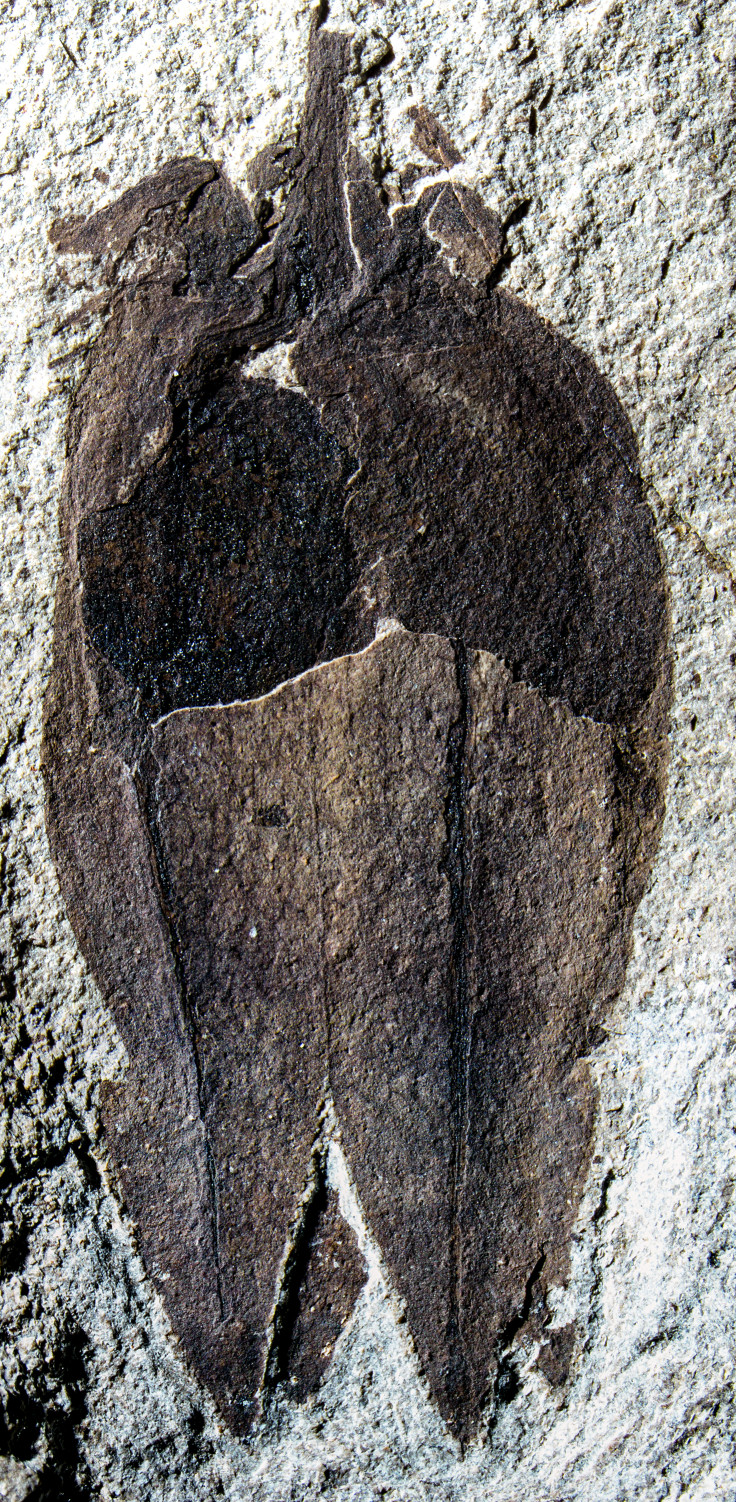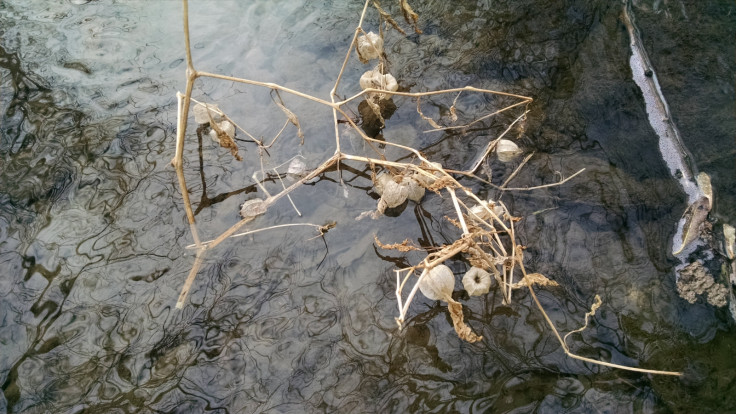'Rare and exquisite' 52-million-year-old fossil fruits discovered with papery skins still intact
Tomatillo fruit fossils show family evolved tens of millions of years earlier than thought.
Fossilised groundcherries − a type of lantern fruit − have been discovered preserved in amazing detail next to the remains of a volcanic lake in Patagonia, Argentina.
The age of the fossils suggests that lantern fruits evolved much earlier than previously thought, according to a paper published in the journal Science.

The fossils belong to the Solanaceae family, which includes potatoes, peppers, tobacco and tomatoes. The family was thought to be about 30 million years old, based on fossil remains of tiny seeds.
Now the fossil remains of two whole intact fruits show that the family is a great deal older than that. The two fossils are from a late-evolving branch of the family, and even that is 52 million years old. This dates them to the period when South America was right next to Antarctica in the supercontinent Gondwana.

To find such a delicate specimen preserved in great detail is incredibly rare.
"These fossils are unique in the world, they are the only two of the whole nightshade family ever found," study author Peter Wilf, a palaeontologist at Pennsylvania State University, tells IBTimes UK.
"No one has ever seen a fossil lantern fruit before. It's just incredible – you can still see the berry there inside the fruit."
The fruits were found at Laguna del Hunco, the remains of a fossil lake next to a volcano, which is an abundant source of fossils.
"There's something about it that we don't fully understand. We find things preserved there – flowers, fruits, animals – that we just don't see anywhere else in the world," Wilf says. But the fossil fruits are very rare even in the context of this site.

The fruits must have drifted into the lake very gently in order to have maintained their delicate structure, and then have had layers of sediment – a mixture of sand, ash and mud – deposited on top of them very gently. They were then very slowly pressed flat. It's also thought that the lake was very acidic, which would have prevented any biological breakdown of the fruit by microbes.
To find more examples of fruits like this, a focus of research will be Antarctica, Wilf says.
"If they were in southern South America, Antarctica was right next door, so that's the place we should be looking for them," he says. "These fossils are from a late-evolving lineage in the family and it must go back further, at least to the age of the dinosaurs. If we're looking for evidence to back up that idea, then Antarctica is the place we should be looking."
The finding is leading to revisions of our understanding of the origins and evolutionary history of Solanaceae, which contain some of today's most economically important crops.
The fossils are now in the Museo Paleontológico Egidio Feruglio in Argentina, which participated in the research, arranged the expeditions and curated the fossils.

© Copyright IBTimes 2025. All rights reserved.






















